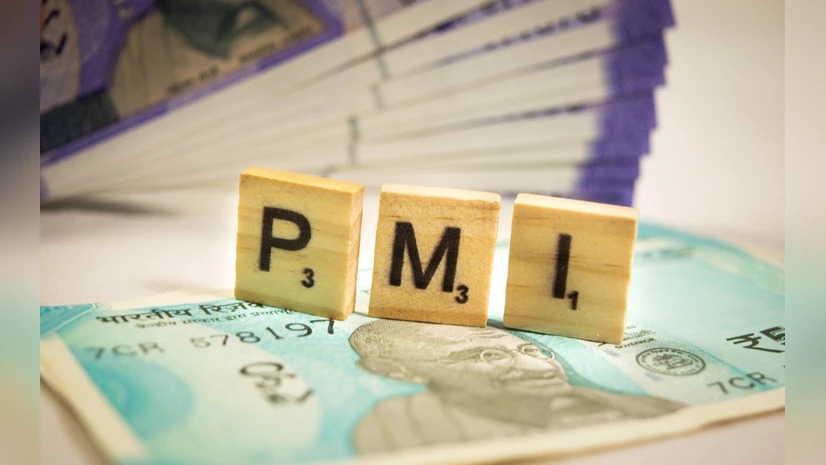The Indian Rupee climbed to a two-day high against the US Dollar on August 21, 2025, buoyed by stronger-than-expected Purchasing Managers’ Index (PMI) data and renewed investor confidence in India’s economic trajectory. The currency opened at 87.03 per dollar, gaining 19 paise from the previous close, and traded near 87.10 during the session, marking its fourth consecutive day of appreciation.
The rally was supported by upbeat domestic macroeconomic indicators, including a resilient services sector and a modest uptick in manufacturing activity. The PMI data, released ahead of the Jackson Hole Symposium, helped offset concerns over global trade tensions and foreign institutional outflows.
Key highlights from the currency and macroeconomic update
- Indian Rupee opened at 87.03 and traded near 87.10 against the US Dollar
- PMI data for August showed expansion in services and stabilization in manufacturing
- Rupee gained 0.73 percent in August, reversing earlier losses
- RBI minutes emphasized caution amid US tariff uncertainty
- Nifty 50 surged 1.5 percent to 25,070, supporting currency sentiment
PMI data and economic momentum
India’s flash PMI readings for August indicated continued expansion in the services sector, with the index holding above 54, while manufacturing PMI stabilized near 50.2. The composite PMI signaled broad-based resilience in business activity, driven by domestic demand and easing input costs. The data helped reinforce expectations that India’s economy remains on track for 6.5 percent growth in FY26.
- Services PMI remained strong at 54.2, indicating robust activity
- Manufacturing PMI edged up to 50.2 from 49.8 in July
- Composite PMI suggests sustained expansion across sectors
- Domestic consumption and GST reforms cited as key growth drivers
RBI policy stance and currency dynamics
Minutes from the Reserve Bank of India’s August Monetary Policy Committee meeting revealed a cautious approach to rate adjustments, with all members voting to maintain the repo rate at 5.5 percent. The RBI flagged external demand uncertainty and geopolitical risks as key concerns, but noted that inflation expectations had moderated. The central bank’s neutral stance supported the rupee’s stability.
- RBI held repo rate at 5.5 percent, maintaining neutral policy stance
- Inflation forecast revised down to 3.1 percent for FY26
- RBI flagged US tariffs and global volatility as downside risks
- Rupee seen as favorable for importers amid recent appreciation
Market sentiment and equity support
The positive PMI data and RBI’s measured tone lifted investor sentiment across asset classes. The Nifty 50 index rose 1.5 percent to 25,070, hitting a four-week high. Despite continued selling by foreign institutional investors, domestic flows remained strong, helping stabilize the rupee and equity benchmarks.
- Nifty 50 gained 1.5 percent, supported by banking and FMCG stocks
- FIIs sold Rs 25,375 crore worth of equities in August
- Domestic investors offset foreign outflows with sustained buying
- Rupee strength seen as temporary amid global rate uncertainty
Global context and Jackson Hole anticipation
Investors are now focused on the upcoming Jackson Hole Symposium, where US Federal Reserve Chair Jerome Powell is expected to outline the central bank’s rate path. The US Dollar Index traded flat near 98.25, while expectations for a 25 basis point rate cut in September remain high. Any dovish signals from the Fed could further support emerging market currencies, including the rupee.
- Fed expected to cut rates by 25 basis points in September
- US PMI data showed modest growth, with manufacturing still contracting
- Global investors await Powell’s speech for policy clarity
- Rupee may face resistance near 86.90 if Fed signals aggressive easing
Looking ahead
The Indian Rupee’s rebound reflects a mix of domestic resilience and cautious optimism in global markets. While upbeat PMI data and stable monetary policy have provided short-term support, external risks including US tariffs, oil prices, and Fed decisions will continue to shape currency movements. Traders and importers are advised to monitor developments closely as volatility may return post Jackson Hole.
Sources: FXStreet, Business Standard, RTT News, The Hindu.

